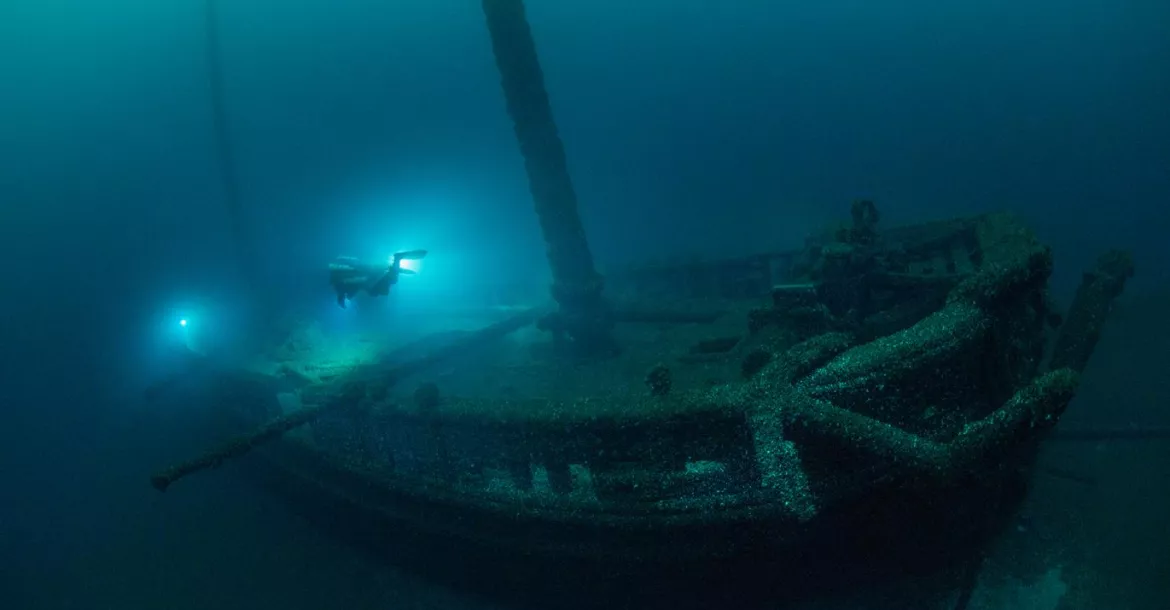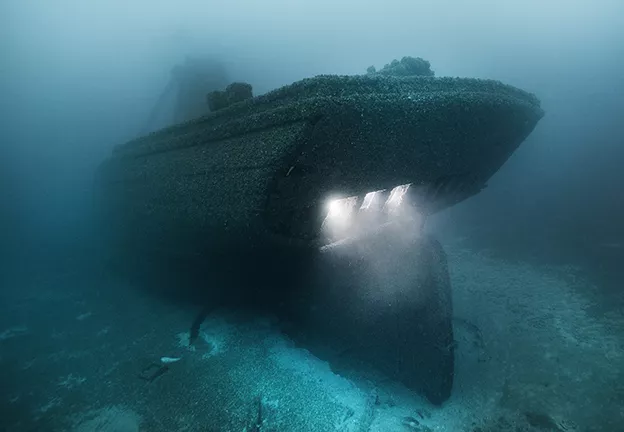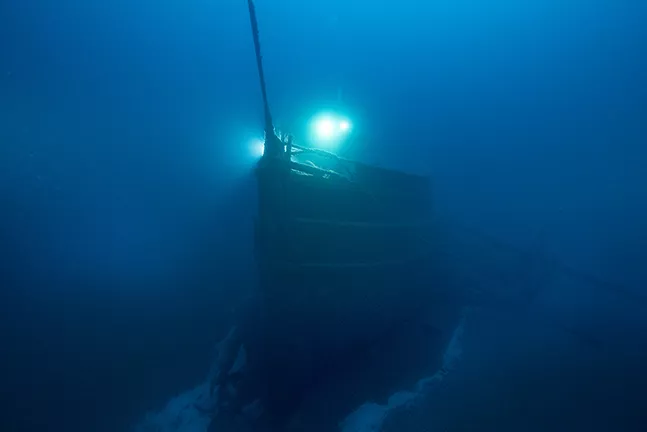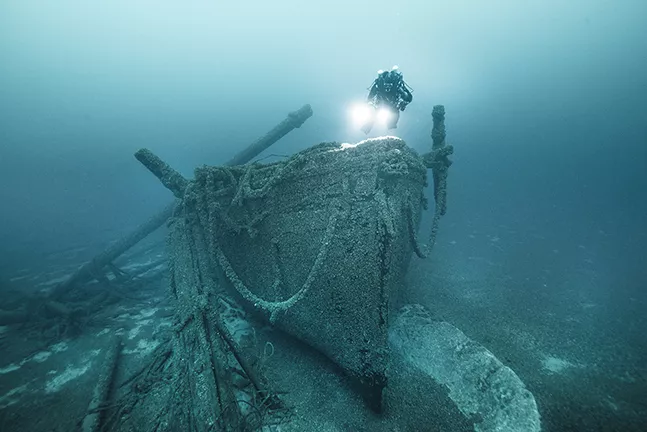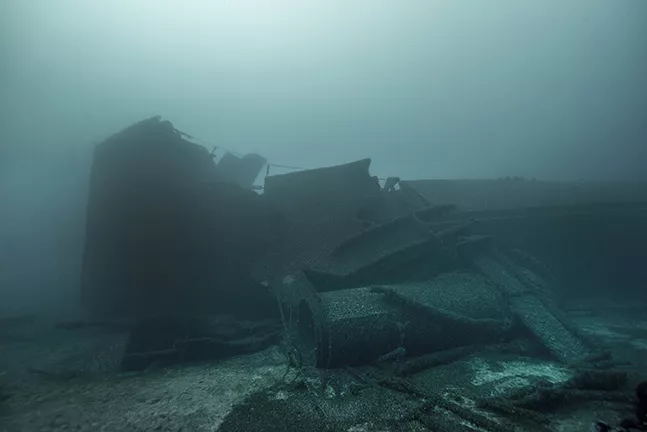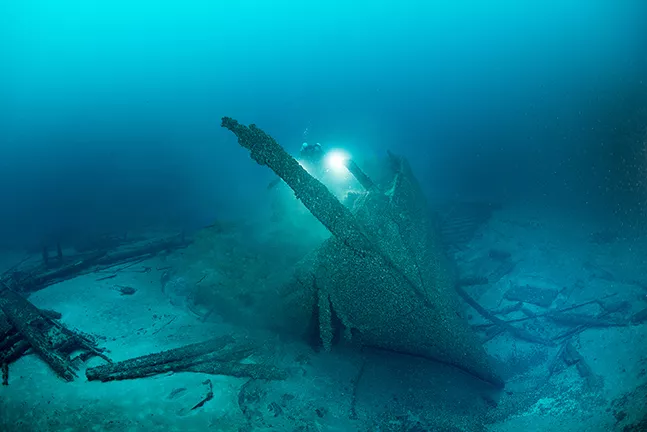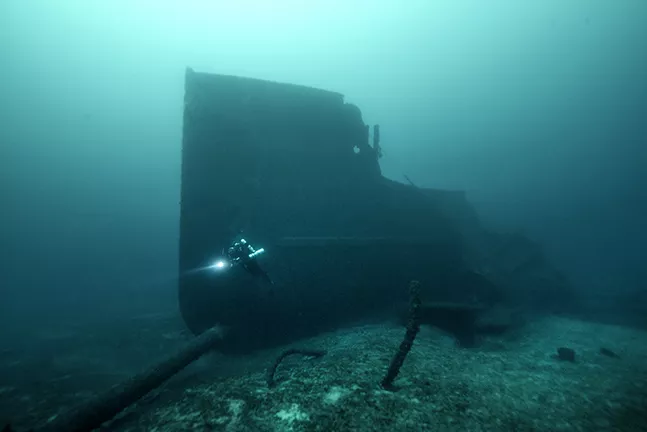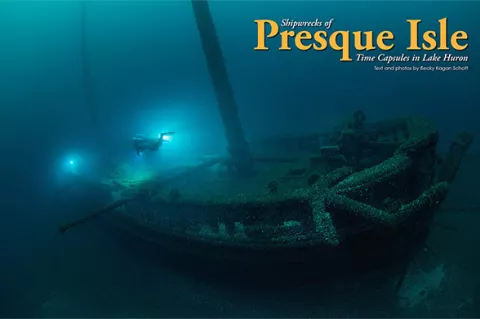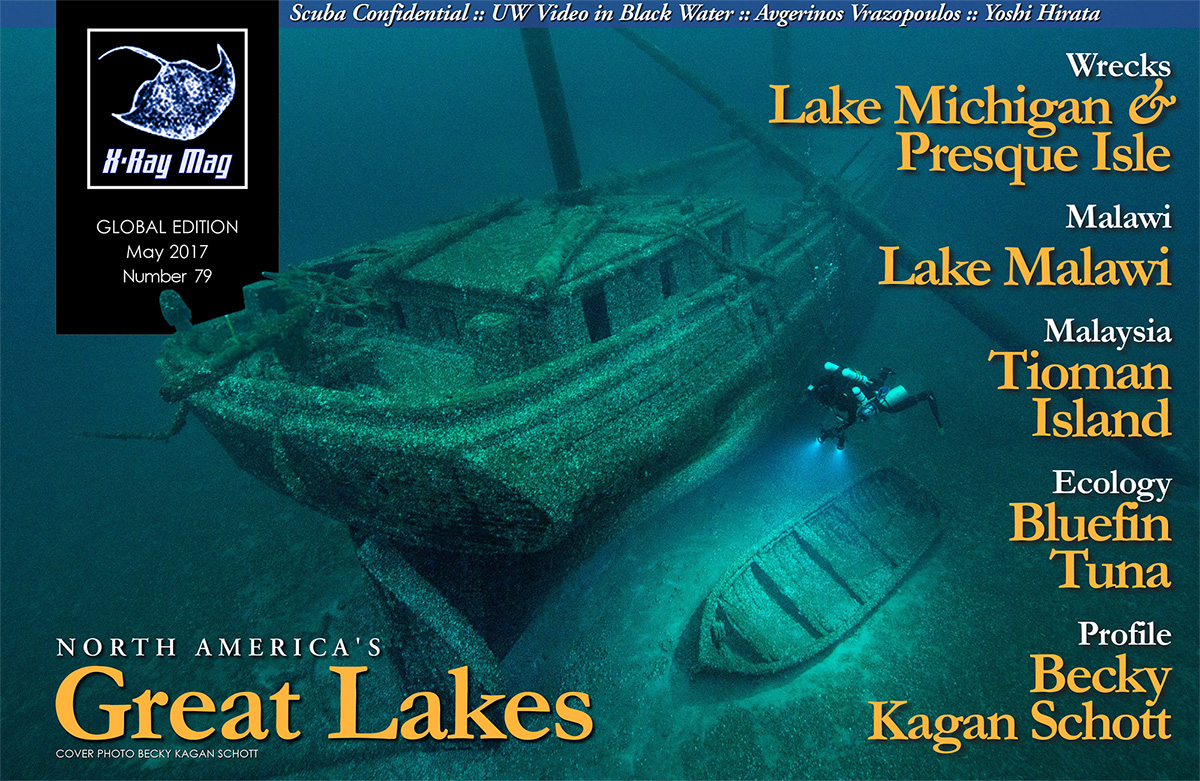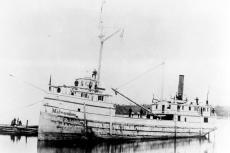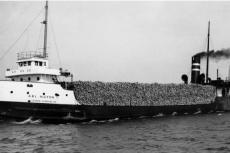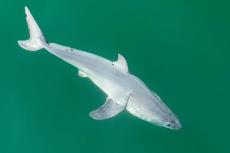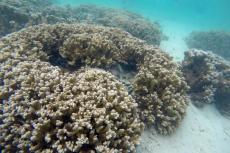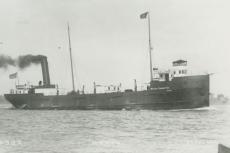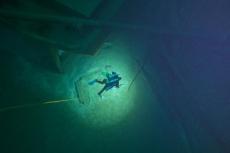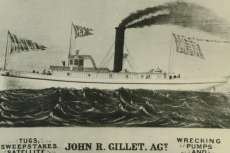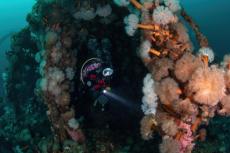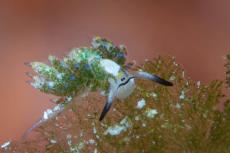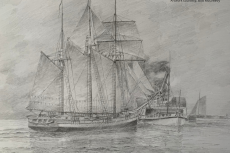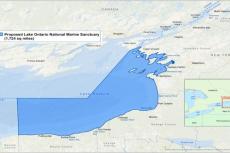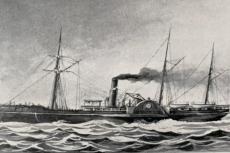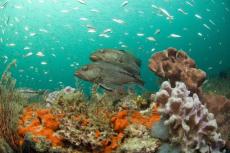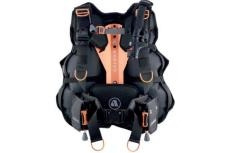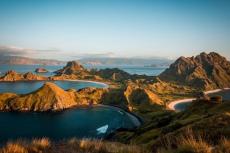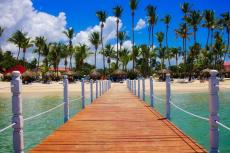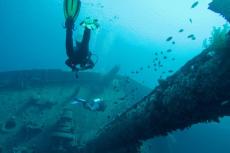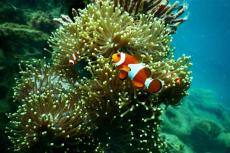The year is 1880, and you are working on a wooden schooner, one of the most dangerous jobs during the time. It is late November and it is the last run of the season. The ship is overloaded with coal and the seas start to pick up. It is now dark and the icy waves are crashing over the sides, and all you can do is work to keep the ship afloat. Ice is now forming on the rigging, and out of the fog, the bow of another ship suddenly appears. Before you can react, it collides with your bow. In minutes, the schooner and everyone on board disappears below the cold, dark waves descending into the depths—a watery grave and a ship that will not be seen again for over a century.
Contributed by
Factfile
Becky Kagan Schott is an Emmy Award-winning underwater director of photography, photographer and technical diving instructor based in Pennsylvania, USA, whose work can be seen on major networks including National Geographic, Discovery Channel and The Travel Channel.
For more information, visit: Liquidproductions.com.
In 2011, I was fortunate to work on Project Shiphunt, a documentary film for the Woods Hole Oceanographic Institution (WHOI), the National Oceanic and Atmospheric Administration (NOAA) and Sony. We spent a few weeks in the small town of Alpena, Michigan searching for shipwrecks. The team found the schooner M.F. Merrick and steel freighter Etura in over 91m (300ft) of water, and we were the first to lay eyes on them in over a century. I left Michigan a changed person, and a new obsession with diving the Great Lakes had manifested.
That year, I also visited Lake Superior, the wrecks of Isle Royale National Park, and recently Lake Michigan, but I kept finding myself wanting to go back to Lake Huron’s Presque Isle. I was drawn to the perfectly preserved wooden wrecks at technical diving depths, just outside of the recreational range, at 50-55m (165-180ft).
I spent a week diving the recreational wrecks in NOAA's Thunder Bay National Marine Sanctuary and another week just 30 minutes north of there, in Presque Isle. Both places differ from each other, but both offer excellent wreck diving and photography opportunities. My goal was to photograph as many of the wrecks as I could in order to share their extraordinary stories and histories with other divers and enthusiasts.
It is not easy to dive a new site and photograph it without seeing it beforehand. I typically like to do a scouting dive first to familiarize myself with a site, then go back with the camera and a plan on how to shoot it. I did not have that luxury on this trip. I would only get one dive for many of the wrecks here, so I had to make the most of it.
Preparation
I did as much research ahead of time as I could, looking up information about each shipwreck—its history, depth, features and story—to form an idea of what I wanted to get image-wise. I also planned to spend as much time as I could on each wreck. I brought my closed circuit rebreather and trimix to be able to spend more time in the 50-55m (160-180ft) depth range.
I anticipated the water temperature to be 2-4°C (37-40°F) at the bottom, so I decided to utilize my Santi heated glove system, which has been one of my favorite pieces of gear for diving the Great Lakes. I have always used dry gloves, but my hands would be terribly cold gripping the camera handles for so long. The gloves really help take the edge off, so my hands would not be the limiting factor, like on previous dives. I have really found that dressing properly in cold water has made the largest difference in the world and allowed me to stay underwater longer in order to capture the images I want.
The rebreather has also allowed me to expand as an underwater photographer. With only one opportunity to dive a site, it has been an invaluable tool to allow me to spend more time at a location to get the shot I want. A good example that illustrates this point was a dive to one of the Great Lake wrecks in 27m (90ft) of water. My buddy and I had planned to shoot some cargo inside the wreck. When we entered, it accidentally silted out. We exited the wreck to let the silt settle, and swam around shooting in other locations around the wreck. We came back to the cargo hold 30 minutes later and spent about 15 minutes getting the shot. The bottom time was 70 minutes, plus decompression, and I went home with the shot I envisioned. I could not have done that in one dive if it was not for my rebreather.
Diving the wrecks
Since we were diving the wrecks in Presque Isle in the 50-55m (160-180ft) range, most of our bottom times were around 40 minutes, which allowed me to shoot some stills and mosaics around some of the wrecks.
Cornelia B. Windiate. One of my most memorable dives, in particular, was the wreck of the Cornelia B. Windiate. The ship was lost in December 1875 in a storm. I had spent time looking at the model of the shipwreck at NOAA’s Thunder Bay National Marine Sanctuary museum, to study its features and work out the best angles to capture my shots.
On the day of the dive, I slowly descended the line, tied off to the stern section. As the ghostly ship came into view, I could immediately see how intact everything was. It was sitting on the bottom, upright, looking as if it was still sailing above the water.
All three masts were standing tall, its wheel bent backwards and rudder turned hard. It likely went down with a fight. The most touching image was the yawl boat lying off to the starboard side, sadly reminding one that there were no survivors. To me, this ship tells a story, and the fact that it disappeared and was thought to have sunk in Lake Michigan instead of Lake Huron is also fascinating.
The cabin was also incredibly intact, and a spiral staircase could be seen. I swam around the wreck shooting stills. After making it to the bow, I decided to shoot some mosaics of the beautiful ship. I shot six to seven images that I later stitched together to show the true scale of the Cornelia B. Windiate. I swam about 21m (70ft) away from the ship, and used all natural light and slow shutter speeds to capture the images. Thankfully, on that day, the sun did come out for a little while, which made a big difference.
Typo. Another wreck I enjoyed photographing was the three-masted schooner Typo. The ship sank with all hands on deck in a collision on 14 October 1899. It is an incredible dive as the schooner sits upright with the bowsprit and all its rigging intact.
I descended down the line towards the wreck. At around 90ft, the top of a very tall mast, coming up from the depths, appeared before me. As my eyes adjusted, I could just make out the silhouette of the shipwreck below. I moved from the line over to the tall mast and descended down towards the deck.
As I got closer, I saw an unfamiliar object. I swam 3m (10ft) forward and was face to face with the ship’s bell. I do not see many of these on the shipwrecks that I am used to diving. As a photographer, it is exciting to see and photograph a shipwreck’s bell.
The bow of Typo was also very elegant. As I descended to the sand to photograph my dive buddy, Blair Mott, on the bow, I could not help but put the camera down and stare at the ship with my own eyes. It almost looked like something out of a movie set, sitting so perfectly preserved on the lake bottom.
We worked our way down towards the stern, but unfortunately, it was not in as good a shape as the bow section. Coal littered the floor and one can actually swim through the cargo hold.
When it was time to leave the bottom, I ascended up the forward mast and decided to shoot some photos at different angles down the tall masts. I was excited to be able to start on my deco stops and still be on a part of the shipwreck. I will never forget looking down into that icy blue-gray-colored water and seeing the eerie mast standing tall in the water column.
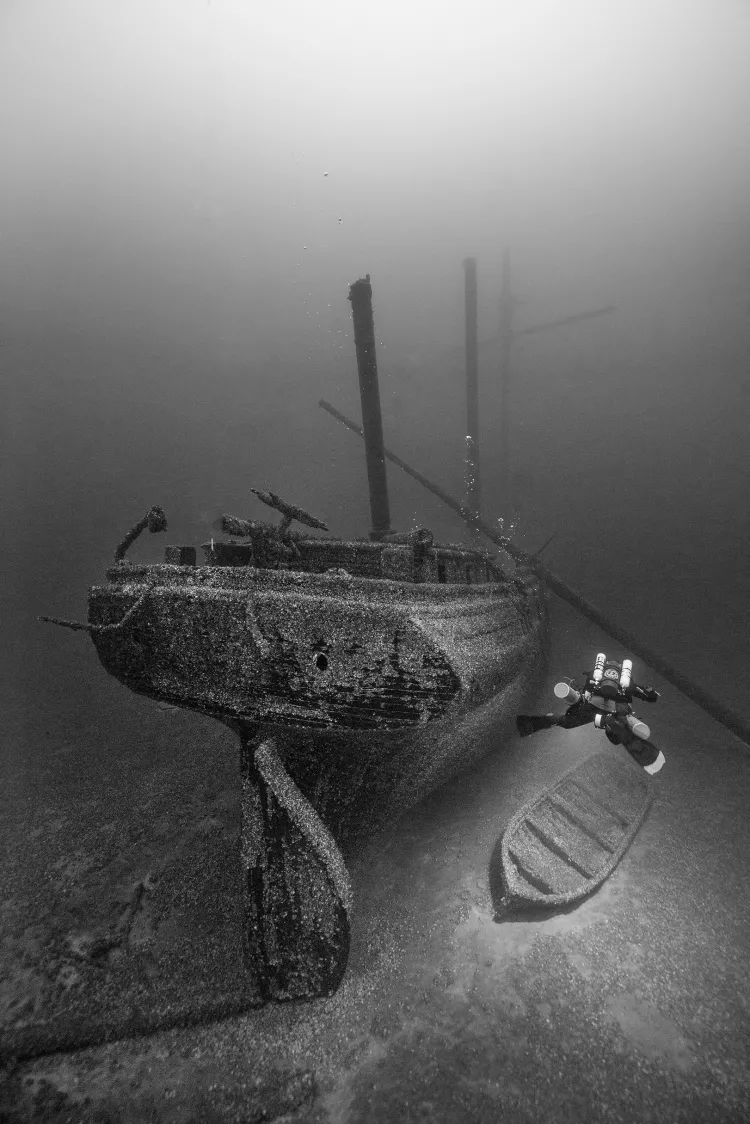
Other wrecks
The area also has other incredible wrecks like the wooden freighter SS Florida, the Defiance, and the Kyle Spangler. The Kyle Spangler was a two-masted schooner, which was carrying lumber. In 1860, it collided with another schooner, causing its bow to be crushed and sending it to the bottom in minutes.
The ship sits mostly intact, minus the crushed bow section. This was something I wanted to focus on in my shots. I used my dive buddy, Blair, to help show size and scale by modeling on the damaged bow and using his dive light to draw one’s eye to the diver.
The ship is only 40.5m (133ft) long, so it is easy to swim around it and see most of the wreck, since the visibility is good at this depth. The name, Kyle Spangler, can still be seen etched into the wood on the port stern side.
Afterthoughts
Each of the Great Lakes is unique and each holds so many shipwrecks, with both tragic and heroic stories. There are many hidden gems, both within the recreational limits and the technical range, with new wrecks being discovered every year.
Every time I dive one of these wrecks, I cannot help but feel connected to each of their stories. Visiting them is like visiting a time capsule. While I was driving home after this last trip, I could not help but feel the obsession for these great shipwrecks growing. I had thought by spending a few weeks diving them, it would be out of my system. Instead, I find that I cannot stop thinking about my next trip, and about visiting even more of the great wrecks in the Great Lakes. ■
Published in
-
X-Ray Mag #79
- Läs mer om X-Ray Mag #79
- Log in to post comments

